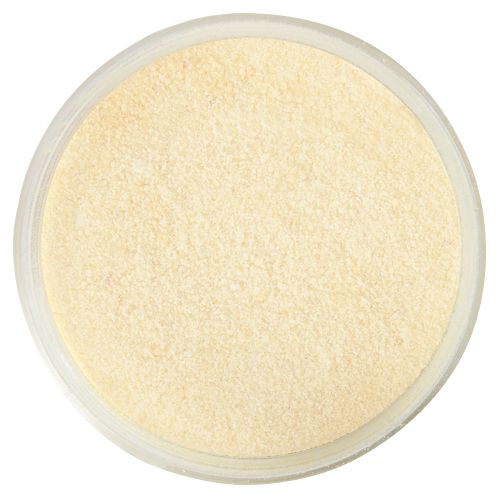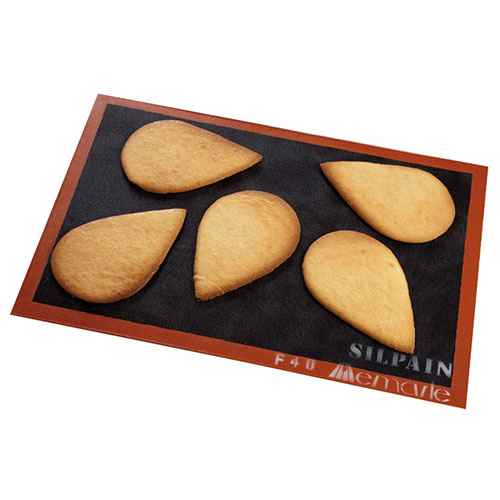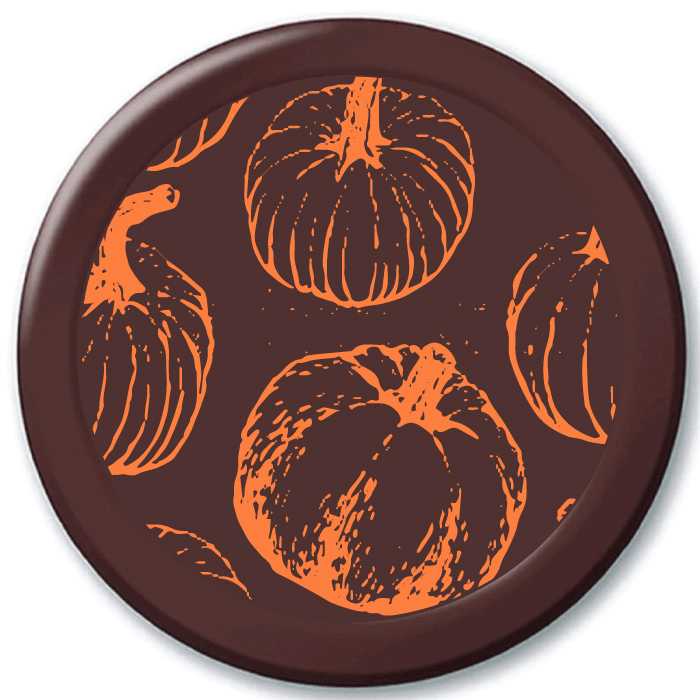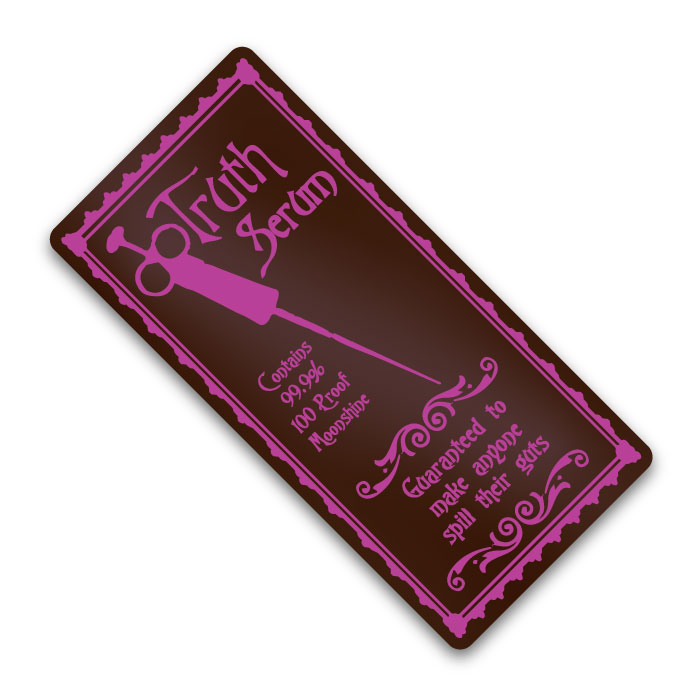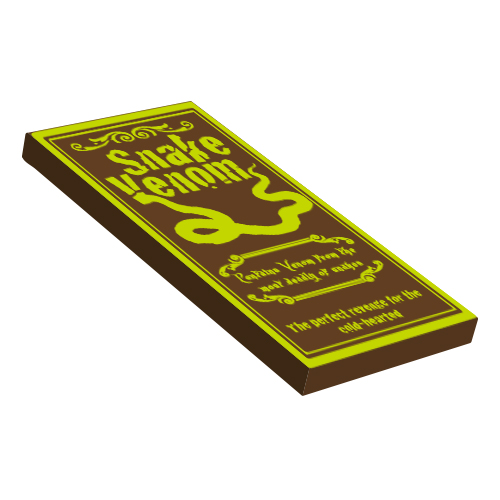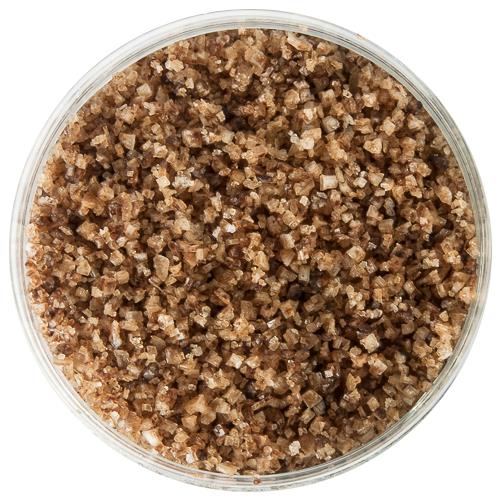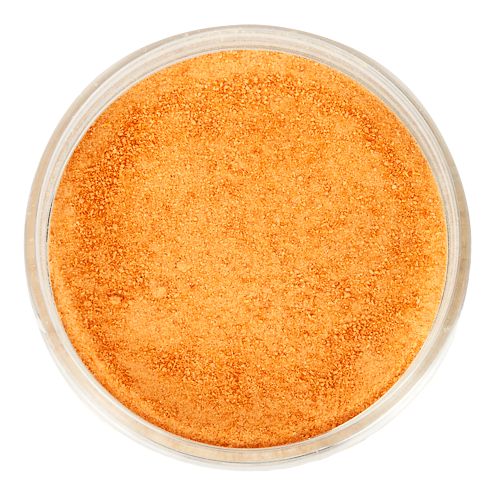 S2K Commerce - Products Dropdown
S2K Commerce - Products Dropdown
 S2K Commerce - Order Entry
S2K Commerce - Order Entry
- Also known as Vitamin C, Ascorbic Acid can function as a dough strengthener that supports long, slow rises.
- Ascorbic acid also acts a preservative to prevent the browning of packaged fruits and vegetables.
- Certified Kosher and Pareve
- Bulk sizes available on request.
Item#:
501005S
- Citric acid is a versatile food additive that is commonly used in the culinary industry for various purposes. Here are some culinary usages for citric acid:
- Flavor enhancer: Citric acid is often used as a natural flavor enhancer in a variety of foods and beverages, including carbonated drinks, candies, and sauces.
- Preservative: Citric acid has antimicrobial properties and is often used as a preservative in many processed foods, such as canned goods and fruit preserves.
- Acidulant: Citric acid is also used as an acidulant to balance the pH of foods and provide a tart flavor. It is commonly used in marinades, dressings, and sauces.
- Leavening agent: Citric acid is sometimes used as a leavening agent in baked goods, especially when combined with baking soda. The reaction between citric acid and baking soda produces carbon dioxide, which helps the dough or batter rise.
- Texture modifier: Citric acid can be used to modify the texture of certain foods, such as cheese and meat products. It can also be used in dairy-based products, such as ice cream and yogurt, to improve texture and prevent crystallization.
- Canning and pickling: Citric acid is used in the canning and pickling process to maintain the color, texture, and flavor of fruits and vegetables.
- Citric acid is similar to ascorbic acid and sorbic acid but is considered to be the weakest of the three.
- Citric acid is an antioxidant naturally present in citrus fruits.
citric acid
Item#:
501021S
- Sorbic Acid is effective against molds, yeasts, and some bacteria. Here are some culinary usages for Sorbic Acid:
- Baked Goods: Sorbic Acid can be used in the production of baked goods, such as bread and pastries, to prevent the growth of molds and other microorganisms.
- Beverages: Sorbic Acid can also be used as a preservative in beverages, such as fruit juices, wine, and beer, to prevent spoilage and extend their shelf life.
- Dairy: Sorbic Acid can be used in some dairy products, such as cheese and yogurt, to prevent the growth of mold and bacteria.
- Sauces and Dressings: Sorbic Acid can be used in sauces and dressings to prevent spoilage and extend their shelf life.
- Meat and Poultry: Sorbic Acid can also be used in the preservation of meat and poultry products, particularly in the form of marinades and brines.
- Sorbic Acid reacts with potassium to make potassium sorbate and with calcium to make calcium sorbate, which are also used as anti-fungals.
Item#:
501615S
- Malic acid is a naturally occurring organic acid that is commonly used in the food industry as a flavoring agent and pH regulator. Here are some culinary usages for malic acid:
- Flavoring: Malic acid has a tart and sour taste, making it a popular flavoring agent in many food and beverage products, such as candy, soft drinks, and fruit-flavored snacks.
- Fruit preservation: It can be used as a preservative in fruit products to prevent browning and spoilage.
- Meat tenderizer: Malic acid can be used as a meat tenderizer to break down the connective tissue and make the meat more tender.
- pH regulator: Malic acid can be used as a pH regulator to adjust the acidity of food products such as pickles, sauces, and dressings.
- Baking: Malic acid can be used in baking to enhance the flavor of sourdough bread and other baked goods.
- Marinades: Malic acid can be used in marinades to add a tangy flavor to meats and vegetables.
- Found naturally in foods such as apples and cherries.
- Malic Acid dissolves easier in liquids and hot solutions than other acids.
- Bulk sizes available on request.
Item#:
501403S
Fast Acting
- Sodium Acid Pyrophosphate (SAPP) is a food-grade chemical often used in the culinary industry as a leavening agent, as well as an emulsifier, a buffering agent, and a texturizer. It is one of the two acid components used in commercial baking powder. Here are some common culinary usages for Sodium Acid Pyrophosphate:
- Baking: SAPP is commonly used in baking powder formulations to help dough or batter rise, resulting in lighter and fluffier baked goods such as cakes, muffins, and bread.
- Potato products: Sodium Acid Pyrophosphate can be used to prevent darkening and maintain the color of potato products such as french fries, hash browns, and tater tots.
- Processed meats: SAPP is used in some processed meats such as sausages, hot dogs, and lunch meats to improve their texture and moisture retention.
- Cheese: Sodium Acid Pyrophosphate can be used in cheese production to improve the melting properties and texture of the cheese.
- Instant pudding mixes: SAPP is used in some instant pudding mixes to improve their texture and stability.
- Sodium Acid Pyrophosphate is reactive not only with sodium bicarbonate, but also with calcium salts, proteins and heat. SAPP gives baking powder the time and temperature element contributing to the "double acting" power.
- Fast Acting SAPP is ideal for quick cooking baked goods such as biscuits, waffles, crackers, cookies and pancakes.
- Usage: 1g of sodium bicarbonate to 1.38g Sodium Acid Pyrophosphate or as recipe indicates.
- Bulk sizes available on request.
Item#:
501620S
- Tartaric Acid granules are an acidulant, flavor enhancer, and leavening agent. Tartaric Acid is used to inhibit improper growth of sugar crystals. Here are some culinary usages for tartaric acid granules:
- Baked Goods: Tartaric acid granules can be used in the production of baked goods, such as cakes and breads, as a leavening agent to help the dough rise.
- Beverages: Tartaric Acid can be used in beverages, such as wine and fruit juice, as an acidulant and flavor enhancer.
- Confectionery: Tartaric acid granules can be used in the production of confectionery products, such as candy and chewing gum, as a flavor enhancer and to improve the texture.
- Pickling: Tartaric Acid granules can be used in the pickling process to help preserve vegetables and improve their texture.
- Sauces and Dressings: Tartaric Acid granules can be used in sauces and dressings as an acidulant and flavor enhancer.
- Tartaric Acid can be combined with baking soda for a leavening agent.
Item#:
501803S
- Calcium lactate is a food additive that is commonly used in the culinary industry for various purposes. Here are some culinary usages for calcium lactate:
- Molecular gastronomy: Calcium lactate is often used in modernist cooking techniques, such as spherification, to create spheres or gels out of liquids. When added to a liquid containing sodium alginate, calcium lactate forms a gel around the liquid, creating a unique texture and presentation.
- Baking: Calcium lactate can be used as a leavening agent in baking recipes. It reacts with baking soda to release carbon dioxide gas, which helps baked goods rise.
- Cheese-making: Calcium lactate can be used as an alternative to calcium chloride when making cheese. It helps coagulate the proteins in milk and improve the texture of the cheese.
- Meat processing: Calcium lactate is sometimes used in meat processing to improve the texture and juiciness of the meat. It can also help extend the shelf life of processed meats.
- Fruit and vegetable processing: Calcium lactate can be added to fruits and vegetables during processing to help maintain their texture and firmness. It can also help prevent browning and discoloration.
- Pickling: Calcium lactate can be added to pickling brine to help keep pickles crisp and crunchy.
- Fermentation: Calcium lactate is sometimes used in the fermentation of vegetables, such as sauerkraut and kimchi, to help regulate the acidity and improve the texture of the fermented products.
- Calcium lactate is often preferred over calcium chloride because it is not as bitter.
- Bulk sizes available on request.
Item#:
501009S
- Yikes! This Halloween transfer sheet design proposes a perfectly poisonous recipe!
- Transfer Sheet: Unfiltered Poison Magnetic (Red).
- Overall sheet dimensions are 13" x 10.375" (330.2mm x 263.52mm). Each whole sheet comes with 2 perforated panels that detach and fit in the back of your mould.
- The dimensions of each perforated panel fitting in the back of your mould are 6.5" x 10.375" (165.1mm x 236.53mm).
- For example, when purchasing the 30 sheet quantity above, you are getting 30 whole sheets (2 panels per sheet) for 60 moulds worth of transfer designs.
- The sheets and design work with magnetic mould item #602240.
- Other colors available upon request.
- (Some lead time required.)
Item#:
905104S
- Sodium benzoate is a food preservative that is found naturally in cranberries, prunes, greengage plums, cinnamon, ripe cloves and apples. Here are some culinary usages for sodium benzoate:
- Fruit Juices: Sodium benzoate is commonly used as a preservative in fruit juices, such as apple juice and grape juice, to prevent the growth of bacteria and yeast.
- Soft Drinks: Sodium benzoate is also used as a preservative in soft drinks to prevent the growth of bacteria and mold.
- Pickles: Sodium benzoate is added to pickles to prevent the growth of bacteria and yeast and to maintain the crispness of the pickles.
- Sauces and Dips: Sodium benzoate is used in various sauces and dips, such as ketchup, mayonnaise, and salsa, to prevent the growth of bacteria and to extend the shelf life of the product.
- Jams and Jellies: Sodium benzoate is used in jams and jellies to prevent the growth of bacteria and mold and to extend the shelf life of the product.
- Baked Goods: Sodium benzoate is added to some baked goods, such as cakes and cookies, to prevent the growth of bacteria and mold and to extend the shelf life of the product.
- Sodium benzoate effectively kills most yeast, bacteria and fungi, and is effective only in acidic conditions (pH < 3.6).
- Bulk sizes available on request.
Item#:
501604S
Red Mini Bar Design
- Yikes! This Halloween transfer sheet design proposes a perfectly poisonous recipe!
- Transfer Sheet: Unfiltered Poison (Red).
- Sheet dimensions are 11.75" x 15.75" (298.5mm x 400mm).
- The sheets are made to go with the rectangle acrylic template yielding 8 cavities per template. Sku 816201
- Other colors available upon request.
- (Some lead time required.)
Item#:
905507S
- Sodium citrate is a salt of citric acid and is commonly used in the culinary industry as a food additive and preservative. It has a sour and salty flavor. Here are some culinary usages for sodium citrate:
- Cheese Making: Sodium citrate is used in the process of making cheese, particularly in the production of processed cheese. It acts as an emulsifier, helping to create a smooth and creamy texture in the cheese.
- Sous Vide Cooking: Sodium citrate is used in sous vide cooking to prevent the separation of fat and water in certain dishes. It can be used to create smooth and creamy sauces, such as cheese sauce or hollandaise sauce, that won't break or separate during the cooking process.
- Carbonated Beverages: Sodium citrate is used as an acidity regulator and flavor enhancer in some carbonated beverages, such as soda.
- Gelatins and Jellies: Sodium citrate can be added to gelatins and jellies to help them set more quickly and to improve the texture and mouthfeel of the final product.
- Canned Foods: Sodium citrate is sometimes used as a preservative in canned foods to prevent the growth of bacteria and fungi.
- Meat Processing: Sodium citrate can be used in meat processing to help retain moisture and to prevent spoilage during storage.
- Use sodium citrate as a preservative (flavor & color), stabilizer, anti-coagulant, and a buffering agent to control pH levels.
- Bulk sizes available on request.
Item#:
501606S
Matcha Powder
- Chef Rubber is pleased to offer you this excellent quality matcha green tea powder.
- Matcha is the oldest and most premium variety of green tea in Japan - the mother of all green tea!
- For over 800 years, Zen Buddhist monks have been using Matcha green tea as a meditational drink.
- Matcha is very exquisite: only a few dozen tea farmers in all of Japan own the extensive knowledge required to produce this tea.
- Matcha tea leaves grow slowly in shaded tea plantations.
- The fresh leaves are primarily handpicked, dried and ground by low friction granite stone mills into an ultra fine, jade green powder, and finally whisked, typically, with a bamboo whisk.
- The result is a unique, creamy velvet, full-bodied cup of premium green tea - extremely high in antioxidants, amino acids and other nutrients.
- Use to flavor cakes, cookies, chocolates, drinks, and other baked goods.
- Bulk sizes available on request.
green tea powder
Item#:
501218S

